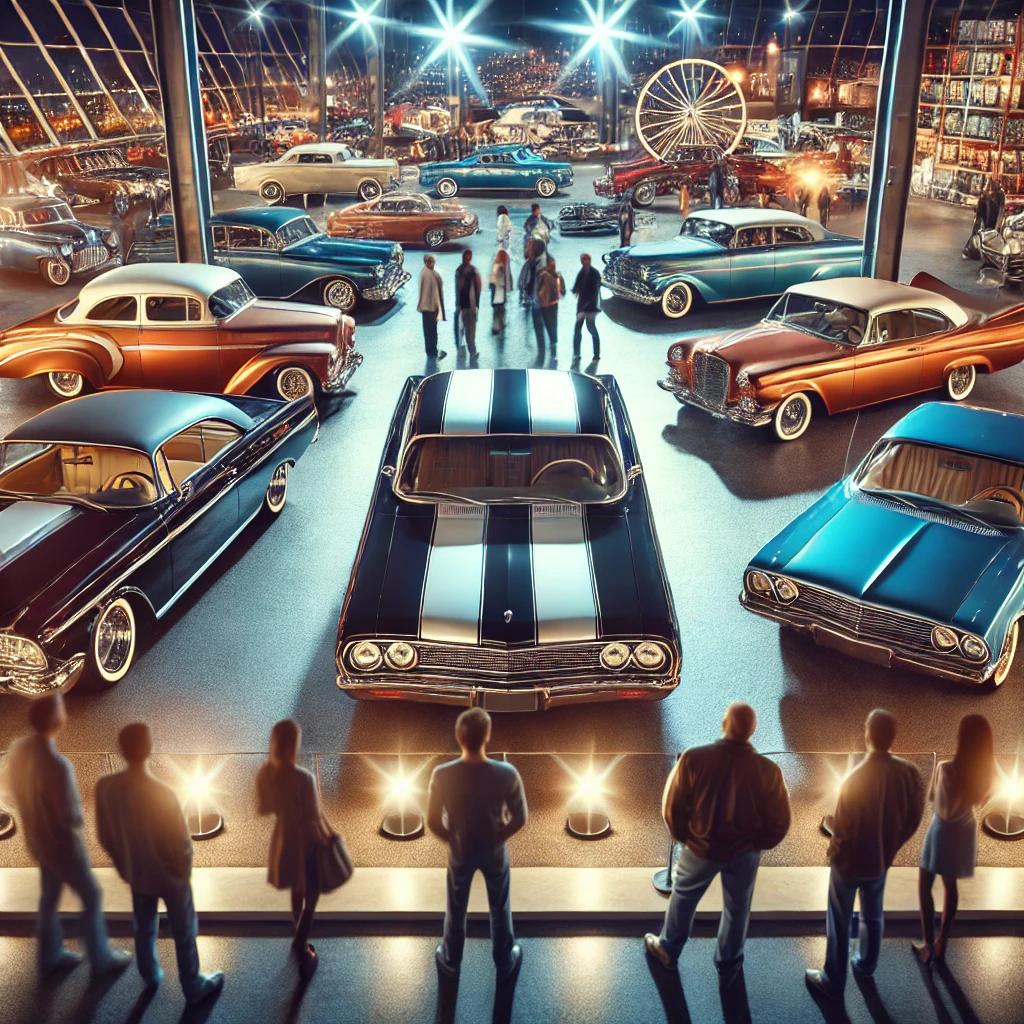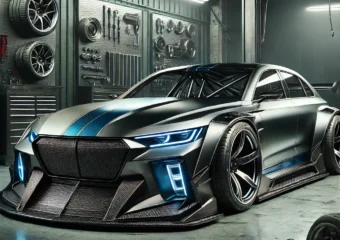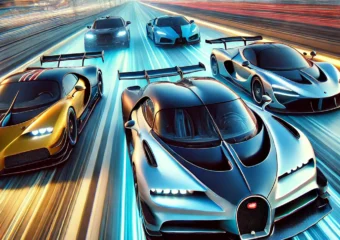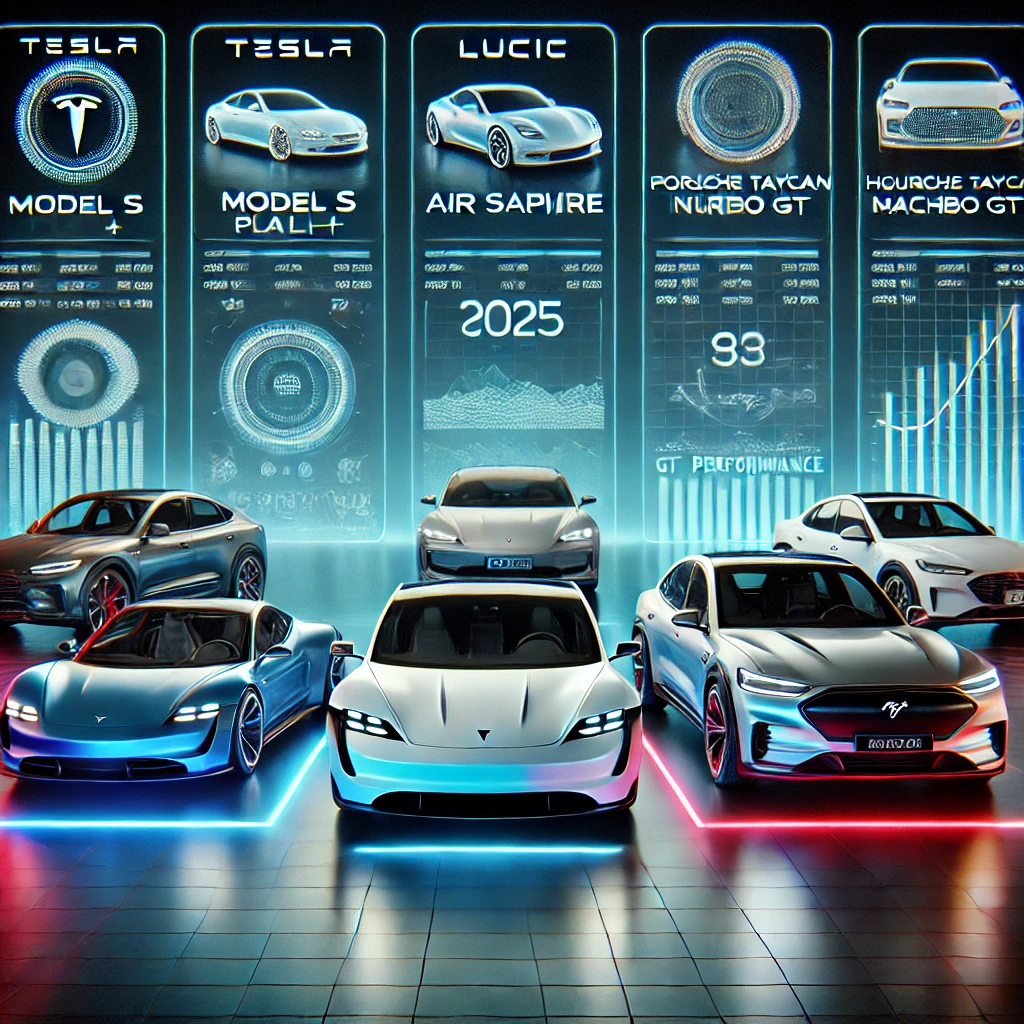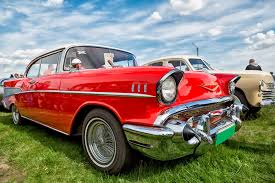
Classic cars have always held a special place in the hearts of automobile enthusiasts. Over the years, these vintage vehicles have symbolized craftsmanship, engineering brilliance, and a sense of nostalgia that modern cars often lack. However, in recent years, the demand for classic cars has surged significantly, making them more than just collector’s items—they have become cultural icons. From car shows and restoration projects to investment opportunities, the classic car market is more vibrant than ever. But what is fueling this resurgence?
The Emotional Connection to Classic Cars
One of the primary reasons why classic cars have regained popularity is the deep emotional connection they create. Unlike modern vehicles, which often rely on digital interfaces and automation, classic cars provide a hands-on, mechanical driving experience that enthusiasts cherish. The sound of a roaring V8 engine, the smell of gasoline and leather, and the feeling of controlling a powerful machine without electronic intervention evoke strong emotions among drivers.
Nostalgia and Timeless Appeal
Many classic car enthusiasts are drawn to vintage automobiles because they remind them of a bygone era. Whether it’s the muscle cars of the 1960s, the elegant cruisers of the 1950s, or the sophisticated sports cars of the 1970s, these vehicles transport owners back to a time when cars were designed with passion and individuality. Nostalgia plays a significant role in the resurgence of classic cars, as people seek to relive fond memories from their youth or admire the designs of previous generations.
The Art of Driving
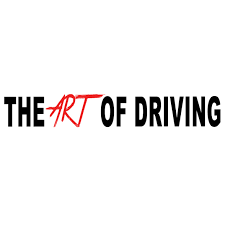
In an age where electric and autonomous vehicles are becoming the norm, classic cars offer an entirely different driving experience. Without traction control, adaptive cruise control, or digital dashboards, vintage cars require skill and attentiveness to operate. This makes driving more engaging and enjoyable for those who appreciate the mechanical artistry of automobiles. Classic cars demand interaction, and this active driving experience is what many modern car enthusiasts crave.
The Role of Car Shows and Classic Car Events
Classic car shows and events have played a pivotal role in the resurgence of vintage automobiles. These gatherings provide an opportunity for collectors, enthusiasts, and casual fans to come together and celebrate automotive history. Events such as the Pebble Beach Concours d’Elegance, Goodwood Revival, and SEMA Classic Car Show attract thousands of visitors each year.
Community and Enthusiast Culture
One of the defining aspects of classic car ownership is the sense of community it fosters. Classic car owners often form clubs and participate in events where they can showcase their prized possessions. These gatherings allow enthusiasts to share knowledge, exchange restoration tips, and bond over their shared passion for vintage automobiles. The sense of camaraderie in the classic car world is one of the key reasons why the market continues to thrive.
Increasing Popularity of Retro Rallies
Retro rallies and vintage car tours have gained popularity among classic car owners. Events such as the Mille Miglia and the Copperstate 1000 provide classic car owners with the chance to take their vehicles on long-distance road trips, experiencing the thrill of driving them as they were meant to be driven. These events keep the spirit of classic cars alive and encourage owners to maintain and restore their vehicles to roadworthy condition.
The Financial Investment in Classic Cars
Another driving force behind the revival of classic cars is their potential as financial investments. While the stock market and real estate markets fluctuate, classic cars have consistently proven to be appreciating assets. Many collectors view classic cars as tangible investments that not only provide financial returns but also offer an unparalleled ownership experience.
Classic Cars as Alternative Investments
With rising inflation and uncertain economic conditions, investors are turning to classic cars as a hedge against market volatility. Unlike traditional investments, classic cars are tangible assets that can be enjoyed while they appreciate in value. Certain models, such as the Ferrari 250 GTO, Porsche 911 Carrera RS, and Ford Mustang Shelby GT500, have seen significant increases in value over the past decades, making them highly desirable among collectors.
The Role of Auctions in Driving Prices
Classic car auctions have played a major role in the rising values of vintage automobiles. Prestigious auction houses such as RM Sotheby’s, Bonhams, and Barrett-Jackson regularly feature rare and well-preserved classic cars that fetch record-breaking prices. The excitement of live bidding and the exclusivity of rare models contribute to the growing demand for classic cars as investment opportunities.
The Influence of Media and Pop Culture
The media has played a crucial role in the resurgence of classic cars. From Hollywood films and TV shows to social media influencers and YouTube restoration channels, vintage automobiles have been placed in the spotlight like never before.
Classic Cars in Movies and TV Shows
Classic cars have always been a staple in Hollywood, and their presence in movies and television has helped keep their legacy alive. Iconic films such as Bullitt (1968), Gone in 60 Seconds (2000), and Ford v Ferrari (2019) have immortalized classic cars, making them even more desirable to enthusiasts and collectors. TV shows like Fast N’ Loud and Counting Cars have also contributed to the popularity of car restoration projects, inspiring many to take on their own classic car builds.
The Rise of Social Media and YouTube
Social media platforms have given classic car enthusiasts a space to share their passion with a global audience. YouTube channels dedicated to classic car restorations, test drives, and automotive history have gained millions of followers, further fueling interest in vintage automobiles. Instagram pages showcasing rare and beautifully restored classics have also played a significant role in attracting a younger generation of enthusiasts.
Environmental Considerations and Classic Car Adaptations
With growing concerns over environmental sustainability, many classic car owners and restoration specialists are finding ways to adapt vintage cars to meet modern environmental standards.
Electric Classic Car Conversions
One of the most intriguing developments in the classic car world is the rise of electric conversions. Companies like Lunaz, Everrati, and Zero Labs Automotive specialize in converting classic cars into electric vehicles while maintaining their original aesthetics. This allows classic car enthusiasts to enjoy the beauty of vintage automobiles without the emissions associated with traditional internal combustion engines.
The Push for Sustainable Fuel Alternatives
Aside from electric conversions, many classic car owners are exploring alternative fuels such as synthetic gasoline and biofuels. These options allow vintage cars to remain road-legal while reducing their carbon footprint. Organizations and governments are also working on policies to support the continued use of classic cars in a sustainable manner.
Conclusion
The resurgence of classic cars is fueled by a combination of nostalgia, driving passion, financial investment, media influence, and evolving environmental adaptations. Whether through exhilarating car shows, high-stakes auctions, or the growing trend of electric conversions, vintage automobiles continue to capture the imagination of car enthusiasts worldwide. As we move further into the future, the charm and legacy of classic cars remain stronger than ever, proving that these timeless machines will never fade from history.
Stay tuned for the next part, where we will explore the technical advancements in classic car restoration, the role of new technologies in preserving vintage automobiles, and how classic cars continue to inspire future generations of automotive enthusiasts.
